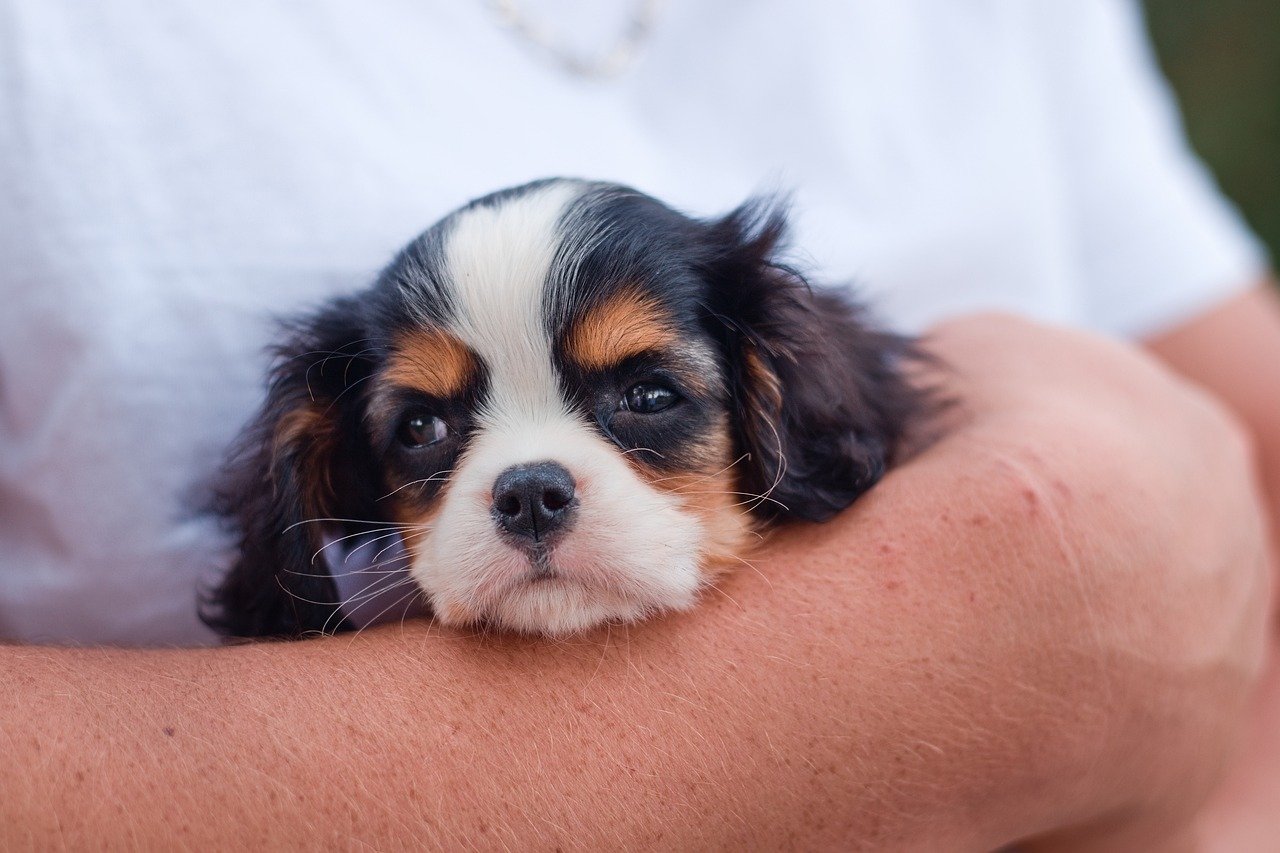Whether you found the perfect dog at a shelter or took in a young stray, owning a new dog introduces some pressing issues to your house. Notably, there’s an animal now living in your pristine home, and they don’t know how to use a toilet. New owners might think that dogs immediately understand their outdoor bathroom routine, but young pups have a transition period, and owners often use a particular product – puppy pads, also known as pee pads.
What are Puppy Pads?
Pee pads, also known as puppy pads, are small, absorbent mats that catch pet waste and provide a temporary toileting area for dogs inside your home. They come in various sizes to accommodate different dog breeds and living spaces, and some are even scented to attract dogs and encourage their use.
If you are new to owning a dog, this may seem strange. Don’t dogs use the great outdoors as their bathroom? Generally, yes, but there are times when dogs cannot safely or reliably venture out when duty calls. Pee pads are handy for puppies who have not yet been vaccinated and cannot go outside safely. They also serve well for senior dogs who may struggle with incontinence or mobility issues that make frequent trips outside challenging. Or, in urban settings where a grassy patch is a flight of stairs away, puppy pads can provide a practical solution for late-night.
While pee pads are a convenient option, they are generally recommended as a temporary solution rather than a permanent fixture in a dog’s life. They play an essential role in the initial stages of puppy training, but most dog trainers and owners aim to transition to outdoor potty habits as soon as they are practical and safe.
Reliance on peepads can delay the development of more permanent outdoor potty habits. If you’re currently using them, there isn’t a pressing emergency, per se, but it is something you should reduce your reliance on as soon as possible. No one wants to clean up pee pads for a decade or longer.
The Transition Process from Puppy Pads to Outdoor Potty Training
As we said, most dog owners’ experience with puppy pads will come from puppy training, and making the switch is not always easy for unruly young pups. However, after a while, instincts usually kick in. Once your dog comes of age, introduce them to the outdoors with short, supervised excursions immediately after they wake up, eat, or drink—times when they’re most likely to need to go. This helps them associate the feeling of needing to relieve themselves with being outside.
Then, as your puppy becomes more comfortable with going outside, gradually reduce their reliance on indoor pee pads. You can move the pads closer to the outdoors or bring them with you during outings to help them understand the idea. As your puppy shows signs of being able to hold it longer, extend the time between trips outside.
If your dog needs to go, they will likely let you know. Always be responsive to their cues; if they seem anxious or head towards where the pad used to be, it might indicate they need to go out. Make sure to recognize these signs so you don’t leave them with no options but to use the floor as a bathroom. And if accidents happen, avoid scolding your puppy. Positive reinforcement will help you see better results in all training, whether potty training or obedience.
Puppies need to learn a lot about the world, and if you need help, puppy training may be right for you. Call Gulf Coast K9 Dog Training today to learn about our puppy training program and other programs designed for dogs of all ages.





